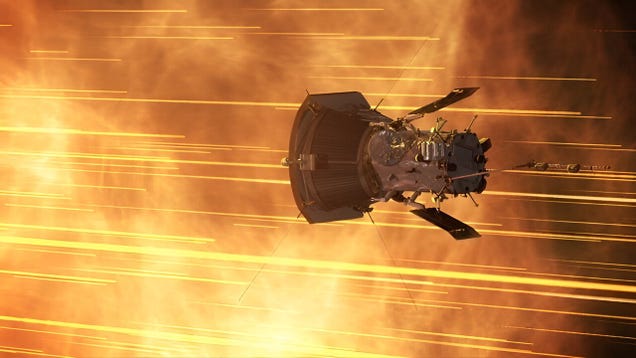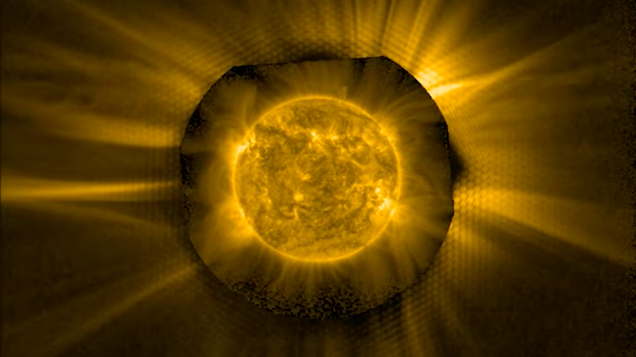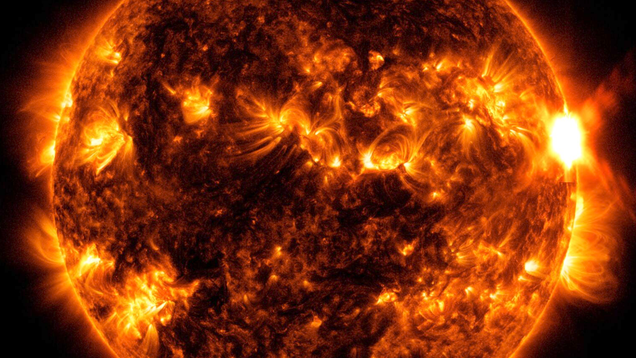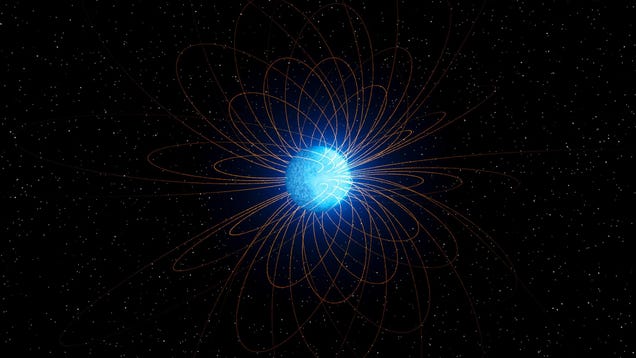
NASA’s Parker Solar Probe flew through an ejection of coronal material as it passed by the Sun in September 2022, giving researchers new data to understand how the Sun’s superheated plasma interacts with the surrounding interplanetary dust.

NASA’s Parker Solar Probe flew through an ejection of coronal material as it passed by the Sun in September 2022, giving researchers new data to understand how the Sun’s superheated plasma interacts with the surrounding interplanetary dust.
NTB/Rune Stoltz Bertinussen/Reuters
Dan Bartlett

Scientists behind a Sun-observing probe applied a simple hack to one of its cameras, allowing them to peer into rarely seen regions of the Sun’s atmosphere.
ESA & NASA/Solar Orbiter/EUI Team; acknowledgement: Lakshmi Pradeep Chitta, Max Planck Institute for Solar System Research, CC BY-SA 3.0 IGO
NASA Goddard Space Flight Center
For the past 17 years, a lone spacecraft has been following Earth’s tracks in its orbit around the Sun and capturing unprecedented views of our host star.

That massive ball of hot gas at the center of our solar system is responsible for keeping our planet nice and balmy, but its also the source of some huge astronomical disruptions. Earlier this week, two enormous solar flares erupted from the Sun, knocking out radio signals across the U.S.

Astronomers have discovered an ancient stellar remnant that keeps its light elements separate, in a strange first.